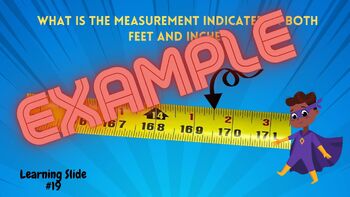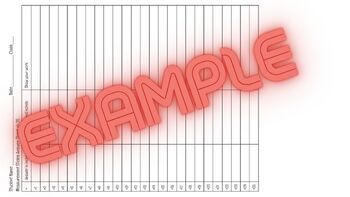Using a Measuring Tape - Converting Inches to Feet & Inches to the 16th
- Zip
Products in this Bundle (4)
Bonus
Description
Here is the bundle. 50 practices pages for whole and half-inch. 50 practice pages for quarter-inch. 50 Practice pages for eighth-inch and 50 for 16th inch all in one bundle!
Reading a measuring tape can be challenging due to a combination of small and crowded markings, confusing units of measure, human error, and mental math. However, with practice and attention to detail, it is possible to become proficient at reading a measuring tape. This product includes 5 teaching pages for you and 50 practice pages to use to learn to read a tape measure. There are 3 different versions of the answer pages including a page to do the math and show work, write out the measurement in words, and a page where you can pick and choose which pages to assess. You could also just use this resource as a warm-up and go through the pages on your overhead and have the students name the measurements orally. Another way would be to print and laminate the pages which could be printed 2-4 per page in your print settings (to save ink). Then it can be one or divided into two centers. At any rate, fractions, measurement, and learning to read a tape measure requires patience, practice, and a willingness to make mistakes and learn from them. With time and effort, however, anyone can become proficient at using this important tool. This product teaches a life skill that students who go on the learn trade jobs will be glad they mastered. Others who just need to do work around their house one day will be glad they learned early.




